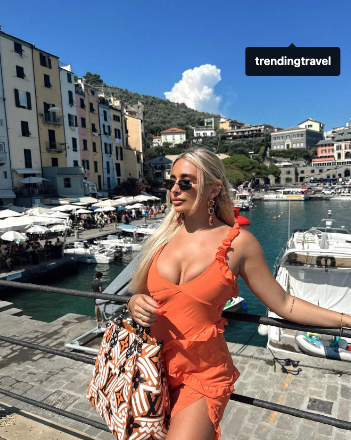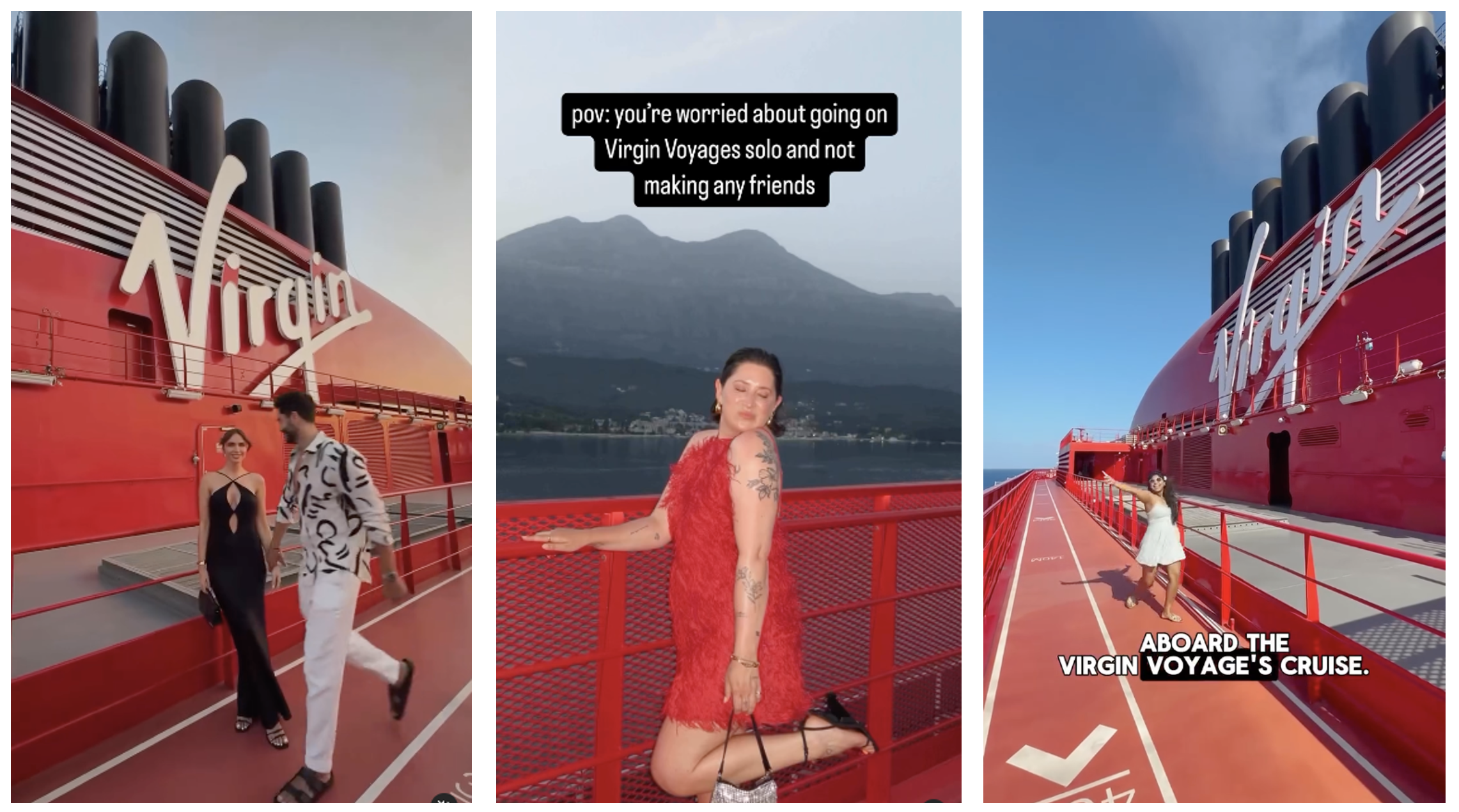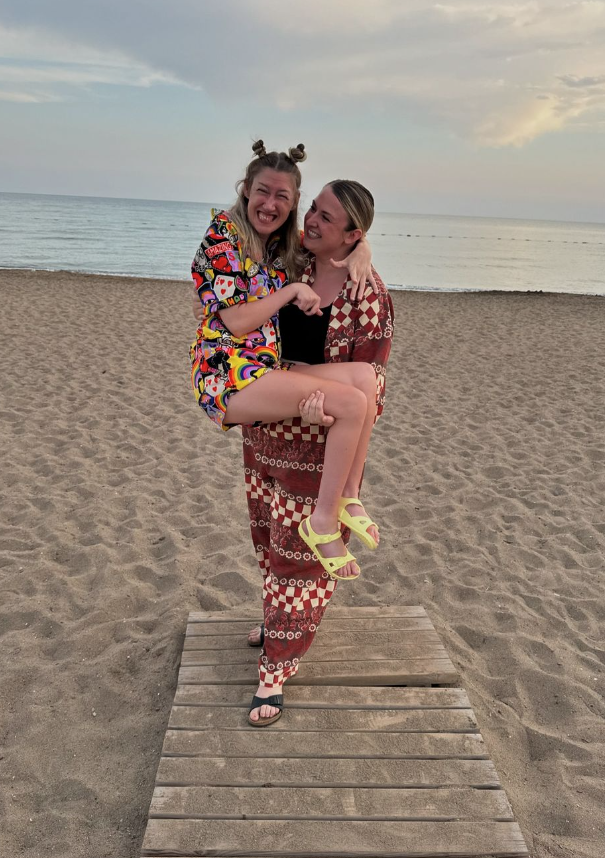Travel is all about exploring new places, trying delicious food, creating unforgettable memories… and sharing them on social media, right?
For decades, we’ve seen travel marketing rely heavily on traditional approaches – print ads, travel brochures and TV commercials. Whilst these strategies often have their place, they run the risk of feeling impersonal and disconnected from the real experiences that travellers want to see when planning their next trip.
But, as the travel and leisure industry continues to evolve, it’s clear that influencers have become instrumental in shaping consumer behaviour – shifting how we discover, plan and experience travel, harnessing social media as a powerful tool for inspiration and decision-making.
The power of authenticity
In the age of social media, consumers crave real and raw content. Influencers have the platform to share their genuine travel experiences – whether it be candid moments, breathtaking views or the places that are perhaps worth giving a miss.
This authenticity fosters trust – making their audiences more likely to act on their recommendations, and their content – be it stunning photos of remote beaches, a must-visit restaurant, or honest reviews of hotels – resonates with audiences because it feels relatable and genuine.
Building dream itineraries
Influencers have an innate ability to create compelling travel itineraries that appeal to a wide range of audiences, giving potential travellers insight into their dream destinations – all from someone they trust. They highlight unique experiences, hidden gems and must-visit spots that go beyond the typical or expected tourist attractions – whether it’s a relaxing beach holiday or an exhilarating mountain trek.
The Visit Britain ‘See Things Differently’ campaign which enlisted UK influencers to showcase the hidden gems across the country, is a good example of this. Influencers like The Travel Hack shared personal stories and content about their adventures in lesser-known areas, encouraging their followers to explore local attractions and share their own user-generated content (UGC). This approach highlighted the beauty of the UK beyond the typical tourist destinations and created an evergreen bank of real-life imagery.

This kind of curated content not only offers inspiration for travellers, but also gives brands the opportunity to position themselves as part of an exciting travel narrative – leveraging influencers who share similar values and aesthetics to tap into new audiences and enhance their visibility.
Community and Engagement
But travel isn’t just about destinations; it’s about connections too.
Influencers often have a huge sense of community amongst their followers – particularly when it comes to travel. Through creating engaging content, stories and two-way interaction in their post comments, they have crafted a space where travel enthusiasts can connect, share tips and exchange travel stories. This engagement is invaluable for brands looking to build loyalty and connect on a deeper level with their audiences.
Trending Travel, a digital-only travel agency, have amassed a huge, engaged audience across Instagram and TikTok through recognising the significance of influencer marketing in the current digital landscape. They regularly work with big names like Saffron Barker and Zoe Hague to create aspirational content and showcase their own experiences – making their dream destinations feel within reach. Tapping into their audience of millennials, who are much more likely to try a product recommended by an influencer, Trending Travel effectively engages their audience who are keen to embody their favourite social media star.

Collaborations and campaigns
With the power to shape travel trends, influencers simply have to mention a destination or unique experience to make it the next-big-thing. Just take the rise of eco-tourism and wellness retreats – both can be laddered back to influencer campaigns that sparked interest amongst their audiences.
Brands within the travel industry have jumped on the back of this, with exciting collaborations springing up between influencers and hotels, airlines and even tourism boards – and rightly so.
Virgin Voyages strategically partnered with a diverse group of macro and micro influencers to amplify their new travel routes and inspire consumers to set sail on their new cruise ship. Their selection of influencers played a pivotal role: crafting real-time content to showcase the exceptional facilities, and creating a bank of high-quality, authentic content which enabled Virgin Voyages to seamlessly integrate it into their own marketing channels. By allowing their influencer roster the autonomy to create content in their own distinctive styles, this resonated with their audiences and resulted in an increase in engagement – contributing to the overall success of the campaign and a heightened connection between Virgin Voyages and their audience.

With power comes responsibility
And although influencer marketing can offer a lot of potential for brands, it does also come with challenges. Famed for being aspirational, the pressure of this idealised image can lead to unrealistic expectations amongst consumers. Additionally, issues like overtourism and the environmental impact of travel are considerations that a brand must consider and address.
Travel accessibility has also dominated the headlines in recent months, with the release of Sophie Morgan’s Fight to Fly documentary. TUI tackled the headlines with their accessible holiday partnership with Cheethams with Dreams which exploded cross-platforms, prompting users demanding more of the same – this has now become a long-term partnership with a content series across Instagram.

So not only is it important to scope out any influencers that you’re working with, looking at partnering with those who promote sustainable choices and authentic local experiences – diversity and inclusion in travel is also high on the agenda. In considering this, content will appeal to what is a growing demographic of conscious travellers.
Conclusion
There’s no denying that influencers have fundamentally changed the landscape of travel marketing. By bringing authenticity, creativity and community engagement to the forefront – they allow brands to connect with consumers in meaningful ways.
Leveraging influencer partnerships can open new doors to creativity and engagement, ultimately driving brand growth and loyalty.
If you’re a travel or leisure brand and would like to explore the role that influencer could play for you – give us 30 minutes of your time, and we’ll give you half a day of ours.